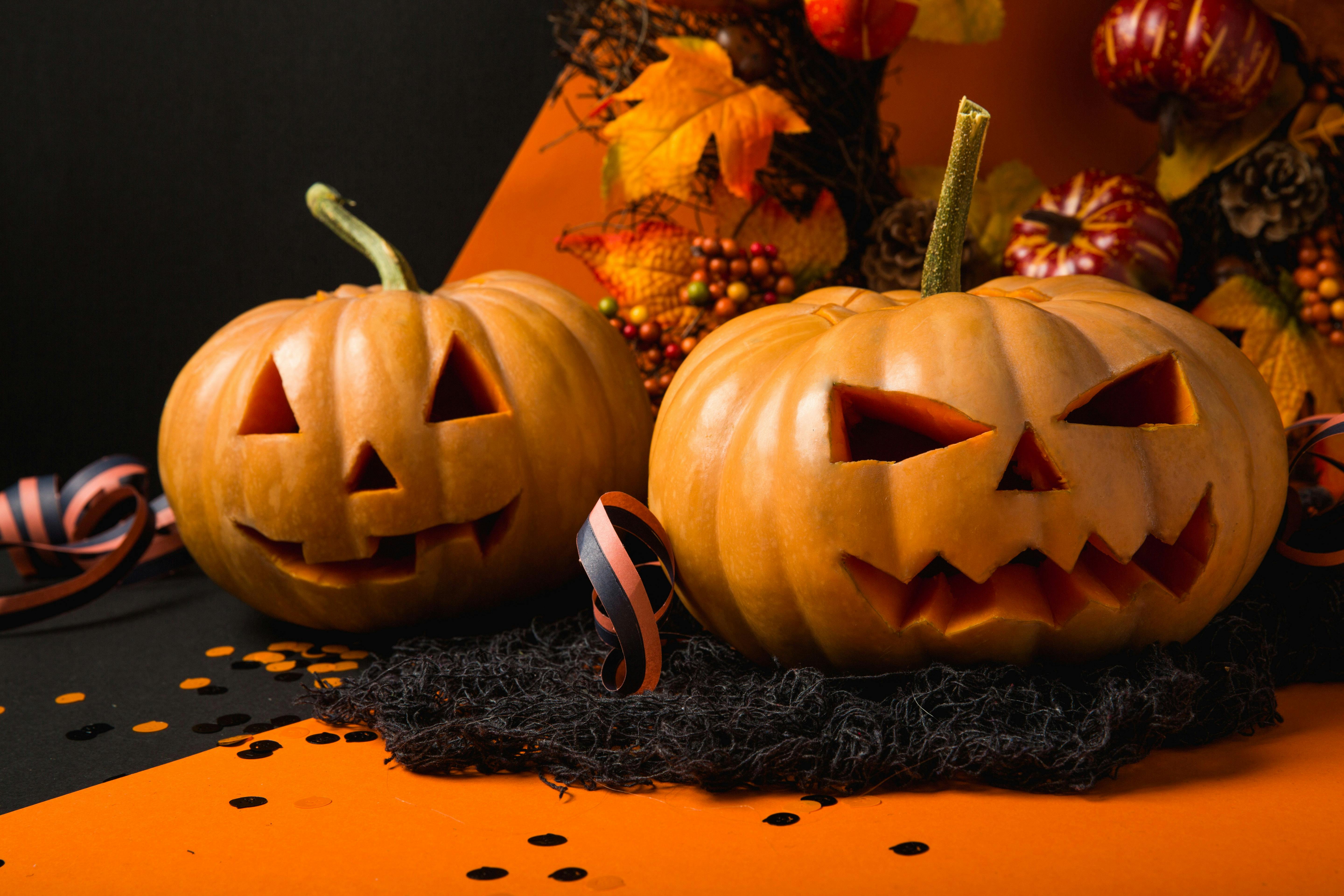Decimal Review - Add - Subtract - Multiply

Reading and Writing Decimals
Tips to remember:
*A dot is used to represent a decimal point.
*Whole numbers precede the decimal point, and any fractional part follows the decimal point.
*Decimals are fractions divided into tenths, hundredths, or some power of 10.
*Sample of place value names:
hundred thousands - ten thousands - thousands, hundreds - tens - ones. Tenths – hundredths – ten thousandths, hundred thousandths – ten thousandths
*example: 325, 211.6849; this number is read as three hundred twenty-five thousand, two hundred eleven AND six thousand, eight hundred forty nine ten thousandths.
Note: The word “and” represents the decimal point.
Adding and Subtracting Decimals
Key: Line up the decimals
Also, whole numbers have an implied decimal behind the last digit.
Step 1 – Write the numbers vertically with the decimals lined up
Step 2 – If necessary, use zeros as placeholders
Step 3 – Add or Subtract. The decimal in the answer must line up with the decimal in the problem. In other words, one should be able to draw a straight line beginning with the decimal in the first number through the decimal in the answer.
Example: Add 23.4, 45, and 34.758
23.400 (added two zero place holders)
35.000 (…placed a decimal behind the whole number and added three zero placeholders.)
34.758
---------
89.158 Note: It is possible to draw a straight line through all of the decimals.
Multiplying Decimals:
Key: To count the total digits behind all decimal points
Step 1 - Temporarily ignore the decimal point and multiply
Step 2 – After multiplying, it’s time to replace the decimal point by counting the number of digits behind all decimal points.
Step 3 - start from the right of the product and move forward(left) the same number of times to place the decimal point.
Example: 4.56 X .3 =
Step 1: 456 x 3 = 1368
Step 2:
4.56 ( has 2 digits behind or following the decimal point)
X .3 (has 1 digit behind the decimal point)
----- Therefore, there are a total of 3 digits behind the decimal point
Step 3: 4.56 X .3 = 1.368 (The answer has 3 digits behind the decimal point)
Practice:
1) Write the numeral: three hundred sixty-two and forty-eight thousandths
2) find the sum: 67.3 + 19 + 43.211
3) find the sum: 34 + .56 + 5.32
4) Subtract 398.1 from 697.34
5) Find the product: 39 X .32
6) Find the product: 239.22 X .12
Mastering Essential Math Skills: Decimals and Percents
Answers:
1) 362.048
2) 129.511
3) 39.88
4) 299.24
5) 12.48
6) 28.7064
Tips to remember:
*A dot is used to represent a decimal point.
*Whole numbers precede the decimal point, and any fractional part follows the decimal point.
*Decimals are fractions divided into tenths, hundredths, or some power of 10.
*Sample of place value names:
hundred thousands - ten thousands - thousands, hundreds - tens - ones. Tenths – hundredths – ten thousandths, hundred thousandths – ten thousandths
*example: 325, 211.6849; this number is read as three hundred twenty-five thousand, two hundred eleven AND six thousand, eight hundred forty nine ten thousandths.
Note: The word “and” represents the decimal point.
Adding and Subtracting Decimals
Key: Line up the decimals
Also, whole numbers have an implied decimal behind the last digit.
Step 1 – Write the numbers vertically with the decimals lined up
Step 2 – If necessary, use zeros as placeholders
Step 3 – Add or Subtract. The decimal in the answer must line up with the decimal in the problem. In other words, one should be able to draw a straight line beginning with the decimal in the first number through the decimal in the answer.
Example: Add 23.4, 45, and 34.758
23.400 (added two zero place holders)
35.000 (…placed a decimal behind the whole number and added three zero placeholders.)
34.758
---------
89.158 Note: It is possible to draw a straight line through all of the decimals.
Multiplying Decimals:
Key: To count the total digits behind all decimal points
Step 1 - Temporarily ignore the decimal point and multiply
Step 2 – After multiplying, it’s time to replace the decimal point by counting the number of digits behind all decimal points.
Step 3 - start from the right of the product and move forward(left) the same number of times to place the decimal point.
Example: 4.56 X .3 =
Step 1: 456 x 3 = 1368
Step 2:
4.56 ( has 2 digits behind or following the decimal point)
X .3 (has 1 digit behind the decimal point)
----- Therefore, there are a total of 3 digits behind the decimal point
Step 3: 4.56 X .3 = 1.368 (The answer has 3 digits behind the decimal point)
Practice:
1) Write the numeral: three hundred sixty-two and forty-eight thousandths
2) find the sum: 67.3 + 19 + 43.211
3) find the sum: 34 + .56 + 5.32
4) Subtract 398.1 from 697.34
5) Find the product: 39 X .32
6) Find the product: 239.22 X .12
Mastering Essential Math Skills: Decimals and Percents
Answers:
1) 362.048
2) 129.511
3) 39.88
4) 299.24
5) 12.48
6) 28.7064
You Should Also Read:
Converting Fractions - Decimal
Converting Decimals - Percent - Fractions
Converting Improper Fractions and Mixed Numbers

Related Articles
Editor's Picks Articles
Top Ten Articles
Previous Features
Site Map
Content copyright © 2023 by Beverly Mackie. All rights reserved.
This content was written by Beverly Mackie. If you wish to use this content in any manner, you need written permission. Contact Beverly Mackie for details.




